
Rocky Mountain coal mine in Alberta takes next step to expansion
In Alberta, a massive open-pit coal mine near Jasper National Park is hoping to expand...
The laundry list of ways the B.C. government has stepped in to protect the imperilled Columbia North caribou herd reads like something from a James Bond script: helicopters, tranquilizers, high-powered rifles and high-stakes captures.
First, it invested in a $2.4 million maternal pen (now defunct) where pregnant females were held until their calves were born and old enough to stand a chance in the wild. Then, it spent up to $30,000 to rescue three survivors from two Kootenay area caribou herds that became locally extinct, tranquilizing the animals and transporting them by helicopter, then trucking them through the snow to a pen and eventually merging them with the Columbia North population. Two years ago, it spent $100,000 to shoot 10 wolves that could gain easy access to the herd through logging roads, seismic lines and other linear disturbances that criss-cross caribou habitat.
But even with these costly and elaborate recovery efforts underway, the B.C. Ministry of Forests continues to consider and approve industrial logging proposals in the Columbia North herd’s critical habitat — habitat the federal government deems necessary for the endangered herd’s recovery and survival.
As Canada prepares to host COP15, the United Nations’ biodiversity conference that aims to forge a new global agreement to curb extinctions and reverse the loss of nature, the conservation group Wildsight is once again sounding the alarm about potential clear-cutting and road-building in critical habitat for the Columbia North herd. The herd is the only caribou population in the Kootenay region that stands a chance of surviving in the long term as herds to the south wink out one by one.
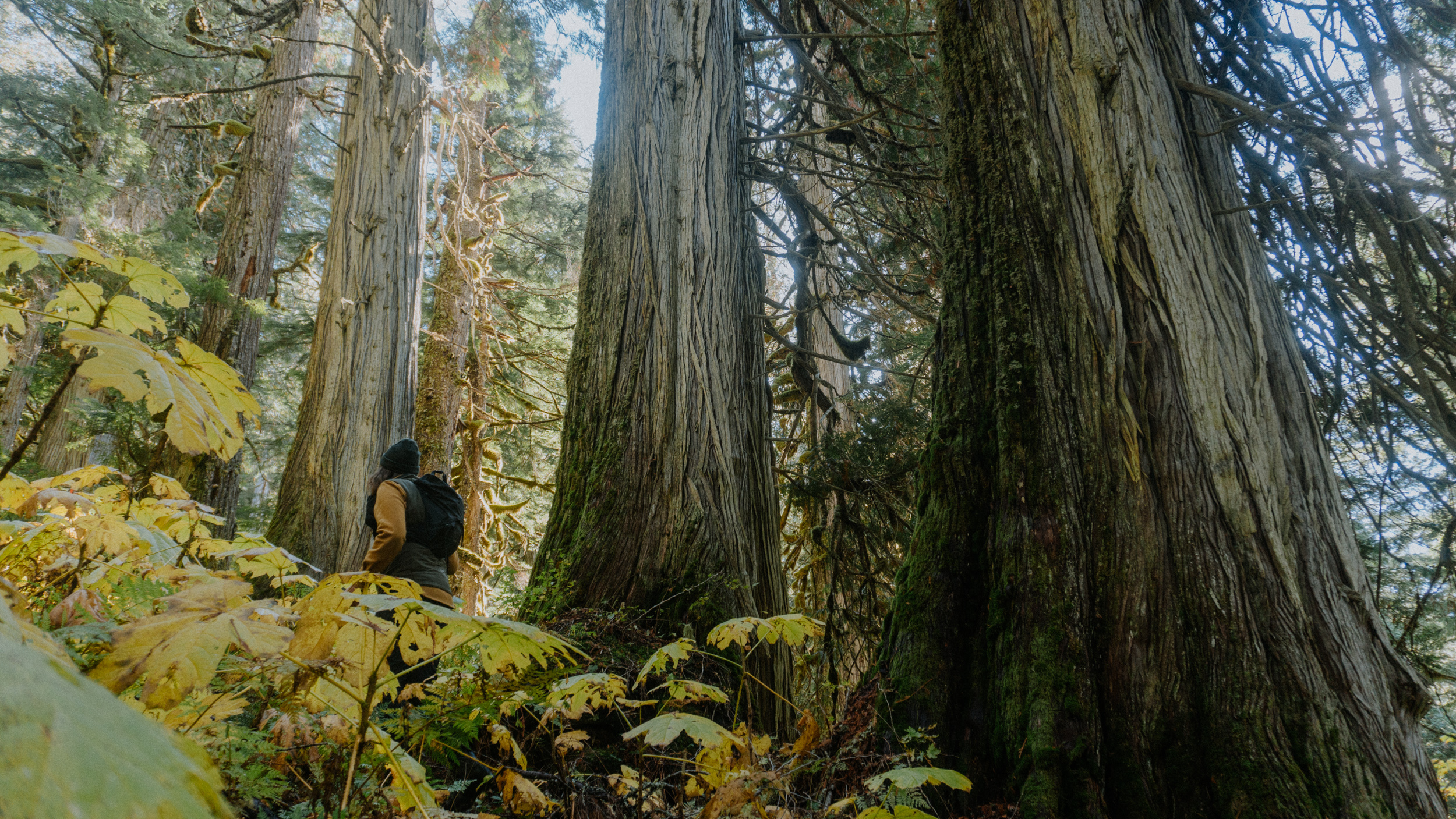
The group has discovered logging plans in the rare inland temperate rainforest in the Seymour River watershed in the Monashee Mountains, northeast of Kamloops, in an area biologists refer to colloquially as the “hub” for the Columbia North caribou. Wildsight tallied up 620 hectares of clear-cuts — a total area larger than one-and-a-half Stanley Parks. The clearcuts are planned in old-growth western red cedar and hemlock forests, in an area known as the upper Seymour and near three Seymour River tributaries called Blais, Ratchford and Myoff creeks.
“The Seymour’s right in the middle of the hub,” Wildsight conservation specialist Eddie Petryshen told The Narwhal. “That’s where most caribou in the Columbia North [herd] are and spend most of most of the year … It’s really the heart of their range.”
Caribou biologist Rob Serrouya said clear cutting in the hub of the Columbia North herd will “increase risks to the whole population.” He said the hub has the “some of the most mellow terrain in an otherwise very rugged landscape” that includes many steep mountain slopes prone to avalanches.
“The hub is the most important to protect in terms of habitat,” said Serrouya, co-director of the Wildlife Science Centre for Biodiversity Pathways, which collects scientific data on species and their habitats to inform decision-making.
“But I don’t want to diminish the other areas of the herd range in terms of habitat protection either because we find that the herd may be expanding to the west and to the northeast. So you don’t want to lose the important habitat requirements at the periphery of the herd boundary either.”
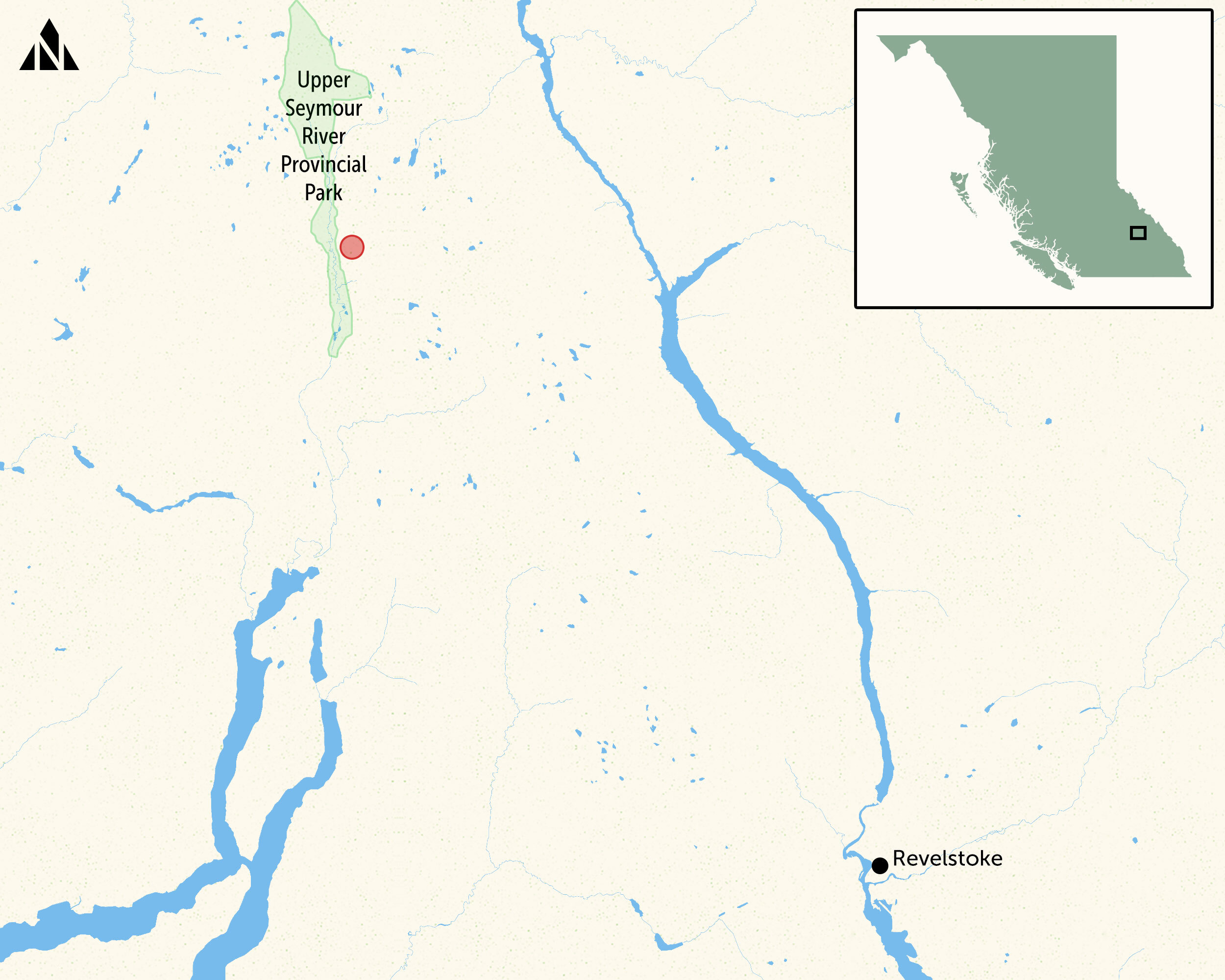
BC Timber Sales, a B.C. government agency that manages about 20 per cent of the province’s allowable cut, plans to log about 266 hectares of predominantly old-growth forest in the Columbia North herd’s core habitat. Pacific Woodtech, a U.S. engineered wood product company, plans to log about 356 hectares of predominantly old-growth forest in the herd’s core habitat, after recently acquiring the timber licences from Louisiana Pacific, an American building materials manufacturer.
The most recent population census of the Columbia North herd shows it is bucking the trend across southern B.C., where a majority of southern mountain caribou herds are in decline. The herd added 24 individuals over the past year, for a total of 209 animals.
Seven caribou herds in the Kootenay region have become locally extinct or are functionally extirpated, most over the past few years. The only other herd left in the region, the Central Selkirks herd, is hanging on by a hoof, with just 28 individuals remaining.
Biologists who study the Columbia North herd found the animals occupy low-elevation cedar-hemlock rainforests 30 to 50 per cent of the year, foraging on early winter foods like falsebox, an evergreen shrub, before migrating up into the Monashees and other mountain ranges for the remainder of the winter. The logging plans significantly overlap with the route — referred to as a core connectivity zone — used by the Columbia North animals to move between seasonal habitats.
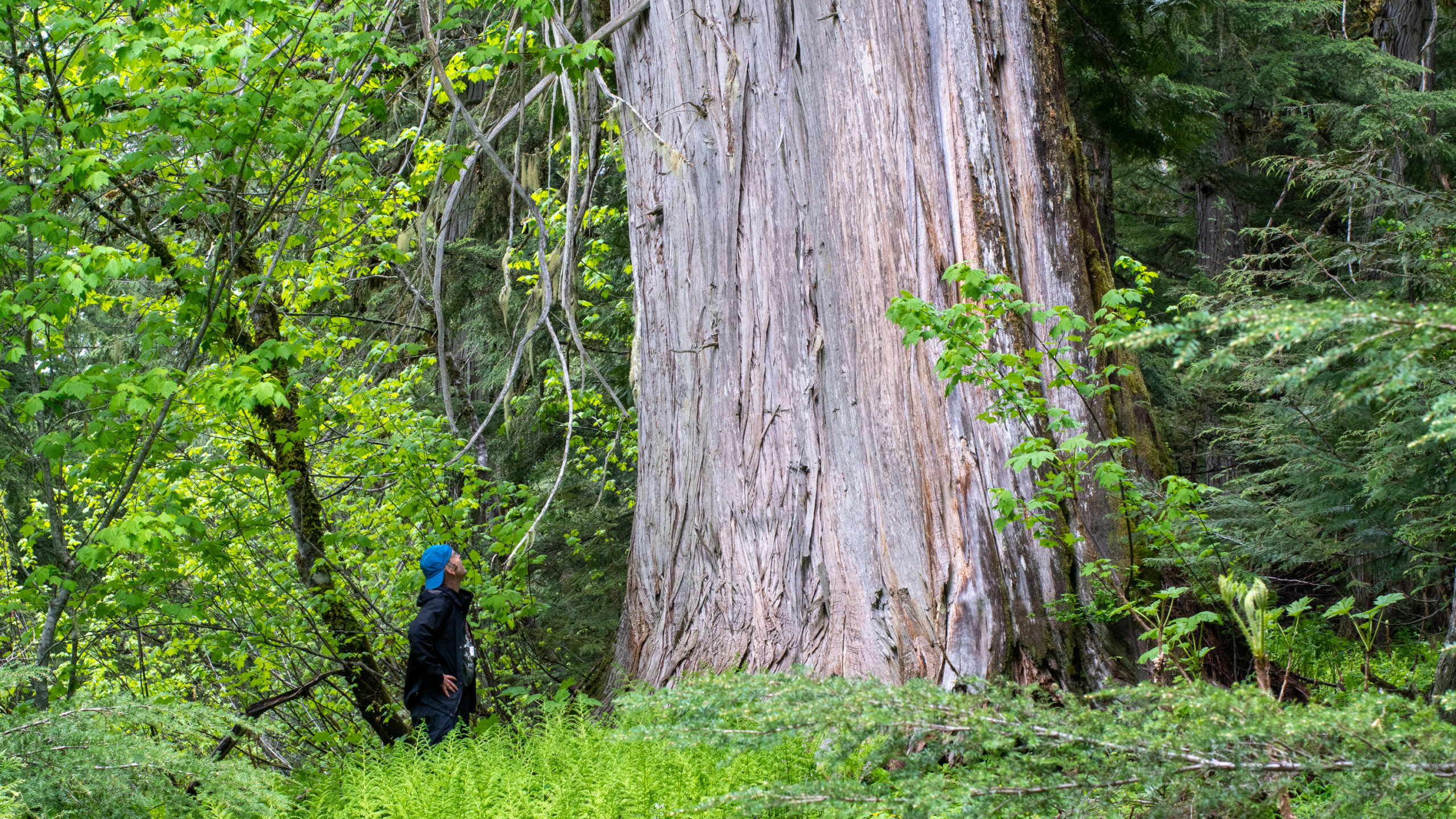
Some cutblocks also significantly overlap with old-growth logging deferrals announced more than a year ago by the B.C. government. The deferral areas temporarily conserve the unprotected remnants of one of the world’s most imperilled temperate rainforest ecosystems, while the B.C. government, in consultation with First Nations, makes decisions about how to proceed.
In the meantime, the B.C. government has continued to approve logging cutblocks that overlap critical caribou habitat or require the construction of logging roads through protected areas, granting wolves and other natural predators easier access into disappearing caribou range.
Earlier this year, Wildsight discovered an approved cutblock in the Wood River basin, north of Revelstoke, in the herd’s critical winter habitat. Petryshen has also documented numerous other cutblocks overlapping critical habitat, many of which were auctioned by BC Timber Sales.
Wildsight notes that any additional logging in the Upper Seymour watershed will place the Columbia North population at greater risk of local extinction, including from predation by wolves that follow moose into newly logged areas, gaining easy access through roads and other human disturbances.
“There’s been an incredible disappearance of caribou on the landscape,” Petryshen said. “It’s happened so rapidly. That’s the way these things go. These tipping points, they just happen … That’s what we’ve seen with the South Purcells [caribou herd], where largely we were too late. And, in Columbia North, there’s still that hope, but we need to act.”
“Our opinion is that this forest development should not proceed under any circumstance because of its impact on caribou and old-growth and carbon storage and landscape function and connectivity,” he said.
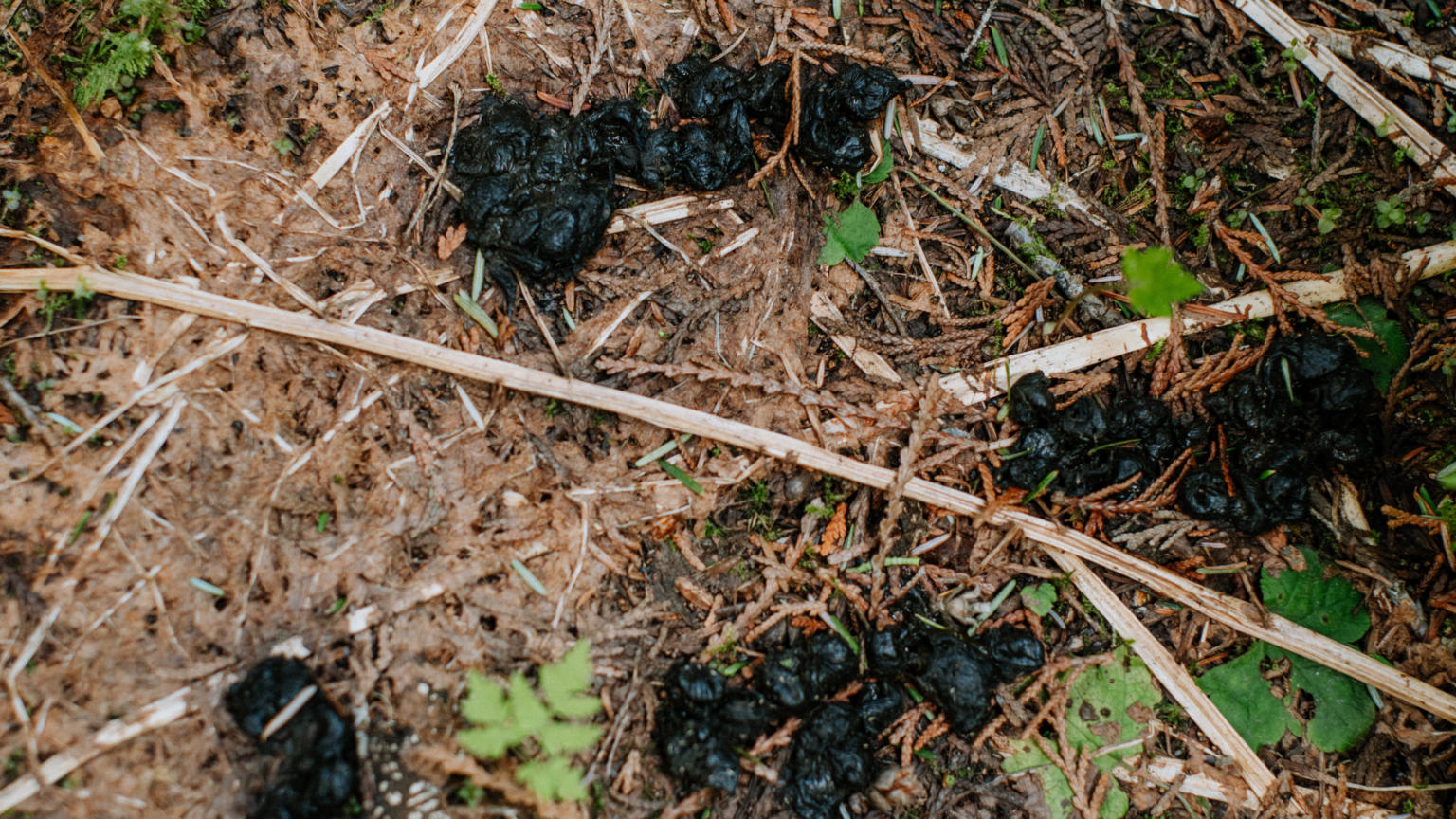
B.C.’s inland temperate rainforest is scattered in moist valleys stretching from the Cariboo Mountains to the Rocky Mountains. An inland temperate rainforest is found only in two other places in the world, in Russia’s far east and in southern Siberia. One century ago, B.C. had 1.3 million hectares of inland temperate rainforest. Today, less than five per cent of the core, old forest is still standing. Last year, a scientific study warned that ecosystem collapse in B.C.’s critically endangered inland temperate rainforest is imminent in nine to 18 years if logging rates continue at current levels.
“Within a decade or two we could really be facing a major extinction event in the inland temperate rainforest,” Darwyn Coxson, one of the study’s nine Canadian and American authors, said when the study was released. “We usually think of things like that happening far away, in the tropical rainforest or in a coral reef — ecosystems far removed from British Columbia,” Coxson, a professor in the ecosystem science and management program at the University of Northern B.C., said. “But this is happening in the inland temperate rainforest … I hate to use the word alarming, but the scientific findings are really quite unequivocal. We have 20 years of science leading to this conclusion.”
On its website, Pacific Woodtech says the company’s engineered wood products use raw materials “sourced from sustainable woodlands.” BC Timber Sales says it is committed to maintaining and enhancing the long-term health of forest ecosystems “for the benefit of all living things.”
In an emailed response to questions, the B.C. Ministry of Forests described the inland temperate rainforest as a “globally unique forest type that provides important habitat for wildlife and biodiversity and stores large amounts of carbon.”
The ministry said approximately 5,710 hectares of priority at-risk old-growth forest have been identified in the Seymour River watershed. Of that, the ministry said 2,640 hectares are already “protected” — including in the Upper Seymour River Provincial Park — while 3,070 hectares have been deferred from logging with the agreement of First Nations. The area the ministry said was protected includes ungulate winter range for caribou, a designation that can be removed if caribou vanish from the landscape.
The two-year logging deferrals were instituted after an old-growth review panel found biodiversity is at high risk in many areas of the province, particularly in old-growth low-elevation valleys where the biggest trees and richest biodiversity – the greatest variety of life — are found. “More troubling is the future projection, where almost all of the province will be in high biodiversity risk once our current management approach harvests most of the available old forest,” the panel concluded in its 2020 report, A New Future for Old Forests.
Foresters Garry Merkel and Al Gorley, who headed the panel, called for a paradigm shift in the way B.C. manages old-growth forests. They said old forests have intrinsic value for all living things and should be managed for ecosystem health, not for timber. They also said many old forests are not renewable, countering the notion that old-growth logging is environmentally sustainable because trees, no matter how old, will always grow back.
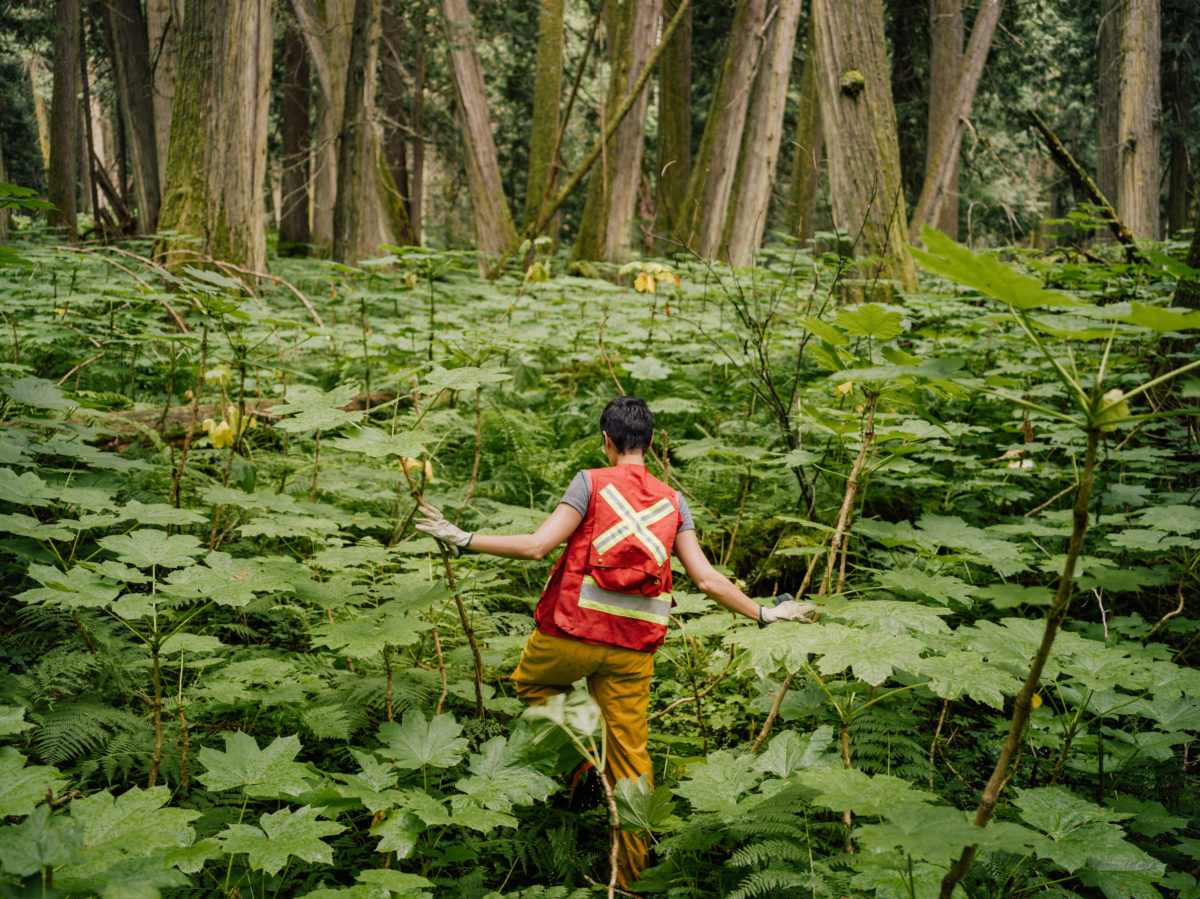
As a blueprint for a paradigm shift, Merkel and Gorley issued 14 recommendations — all of which the B.C. government said it would implement within three years. But, more than two years later, only one recommendation — that logging be immediately deferred in areas “where ecosystems are at very high and near-term risk of irreversible biodiversity loss” – has been implemented, and not fully, leaving conservation groups and scientists questioning the government’s promise to protect old-growth forests and embark on a forestry transition many believe is long overdue.
A technical advisory panel appointed by the government identified four million hectares of old-growth forests at the highest risk of biodiversity loss. One year ago, the government announced two-year logging deferrals for 2.6 million hectares of unprotected forests with “ancient, rare and priority large stands” of old-growth trees, including in the Seymour River watershed.
In an email, Fernando Cocciolo, a forest manager for Pacific Woodtech Canada Ltd., said the company has deferred logging of “planned old forest blocks in our portion of Upper Seymour until [the] government’s old-growth review process is completed.” Cocciolo said Pacific WoodTech may proceed with logging in “several small, second-growth blocks” in the Blais Creek area, near the southern end of the Upper Seymour.
The B.C. Ministry of Forests said a public consultation is underway on the proposed transfers of the Seymour forest licences and associated road permits from Louisiana Pacific to Pacific WoodTech. Comments can be submitted until Nov. 30.
Petryshen said the proposed licence transfer provides an ideal opportunity for the B.C. government to follow through on its commitment to protect old-growth forests and caribou. “If they want to prioritize that, they’ve got to get to work on recovering these caribou.”
Get the inside scoop on The Narwhal’s environment and climate reporting by signing up for our free newsletter. A $335 million funding commitment to fund...
Continue reading
In Alberta, a massive open-pit coal mine near Jasper National Park is hoping to expand...

A trade war could help remake B.C.’s food system, but will family farmers be left...

First Nations are leading efforts to make sure lake sturgeon can find a home in...
